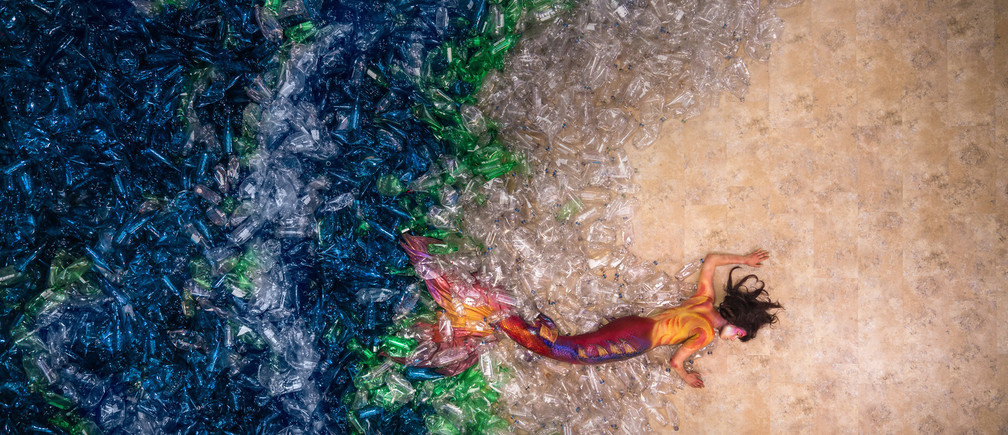Why Do Plastics End Up in Our Oceans
In order to mitigate the pollution of plastic debris in the world’s oceans, it is important to understand how they end up there in the first place. Since the commercial development of plastics in the 1930s and 1940s, they have become very convenient and dominant in the consumer marketplace (Jambeck et al., 2015). Globally, approximately 60-80% of the world’s litter is in the form of plastic, and an estimated 10% of that ends up in the ocean (Avio, Gorbi, and Regoli, 2017). Many plastic debris are disposed of in poorly managed landfills that are open, uncontrolled, and lack proper containment strategies. As a result of this, large plastic debris, especially closer to coastal areas, are often carried by wind into waterways that lead into the ocean (Jambeck et al., 2015). In addition to these “naturally” caused plastic pollutant transports, intentional dumping of waste in the ocean from commercial, cruise, and private ship waste also contributes to the accumulation of places like the great pacific garbage patch (Avio, Gorbi, and Regoli, 2017). However, it is not only the large, easily found plastic pieces in the ocean that are harmful to marine life when encountered.
Tracing the origin of ocean plastics is nearly impossible because many of them are particles less than 5 millimeters in size known as microplastics (Marks, 2008). These microplastics come from large plastics that break down over time from both long term exposure to the sun as well as being in contact with water, and make up an estimated 93% of all ocean plastics (Cressey, 2016). The sources of microplastic include fragmentation of larger plastics from land based materials as aforementioned, but also result from at sea sources such as lost cargo and fishing and aquaculture gear that has been in the ocean for decades (Law and Thompson, 2014). One of the largest contributors to the microplastic fibres accumulation stems from the clothing industry, which is primarily polyester based. Polyester is a synthetic fibre found in over 50% of all clothing items that when washed, breaks down into microplastics that enter the waterways directly from our homes via wastewater dumping (Law and Thompson, 2014). Other microplastics that were found in harbors have been suggested to be a direct result of the plastic industry, or wastewater discharge from plastic processing plants because nothing in the harbors could produce the kind of microplastics found there (Claessens et al., 2011). Pinpointing the source of microplastics is nearly impossible, but other mitigation strategies could potentially slow the accumulation of all types of plastics within our oceans that threaten marine organisms at all depths.
Raising awareness of ocean plastics – Benjamin Von Wong